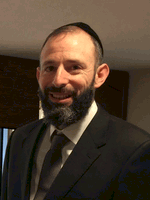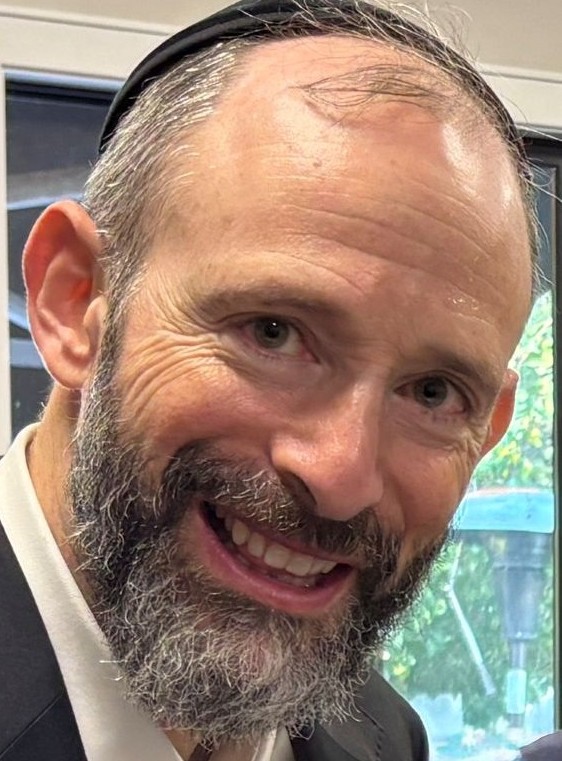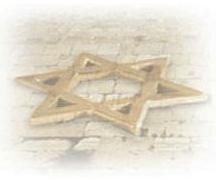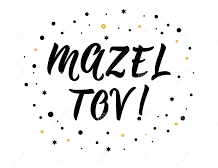Note: The following information is contained in the website http://www.circinfo.net/, and it has been copied with permission. This is not an exact copy of all the information found on the website http://www.circinfo.net/. For an exact text of the information contained in that site, please go onto the above mentioned site.
In the past, anesthesia was not advocated for infant circumcision. The reasons included: (1) unfamiliarity with use and side effects of anesthetics in infants, (2) belief that the procedure caused little or no pain in this age group, and (3) belief that pain from injection of anesthetic was as bad as the pain of the surgery [382]. It is now known, however, that infants do experience pain [277], and anesthesia for circumcision is recommended [228, 282]. It is nevertheless a fact that neonates exhibit low pain scores compared with older infants [364]. Indeed, a baby must be quite resilient to endure the pain of passing through the narrow birth canal during parturition. Interestingly, in mice at least, early exposure to noxious or stressful stimuli decreases pain behavior in adult life, possibly by altering the stress-axis and antinociceptive circuitry [342].
Dorsal penile nerve block [187] represents 85% of anesthetic use in the USA [373] and is effective [162], even in low birth weight infants [158]. It involves injection of local anesthetic at the 10 and 2 o'clock positions at the base of the penis, where the dorsal penile nerve is situated. Allowing the infant to suckle from a gloved human finger further decreased measured pain responses during dorsal penile nerve block [335]. The method is regarded as useful, with a failure rate of only 4-7%, a very low incidence of complications, which if they occur tend to be minor [131]. An isolated report describes an extremely rare case of ischemia in the hours after an adult circumcision and this could be reversed quickly and simply [360].
Ring block, which had initially been used for post-circumcision analgesia [48], is simpler, and extremely effective [148, 201, 226]. This procedure involves injection of a local anesthetic around the circumference of the penis at the mid-shaft level. In fact ring block may be the best. Further technical information can be found in ref [296]. Pain from the infiltration of a local anesthetic is short-lived and significantly less than the pain from an un-anaesthetized circumcision [202].
Combining dorsal penile nerve block and ring block is more effective than either alone in reducing post-circumcision pain in children aged 1 month to 5 years [238].
EMLA cream (5% lidocaine/prilocaine; AstraZeneca) reduces pain during circumcision [347, 349, 403], and blood sampling in newborn babies [285], but is less effective than the others [53, 123, 201]. Rises in met-hemoglobin 3.5 to 13 hours after application of EMLA cream are well below potentially harmful levels [45, 209]. In a double-blind, randomized, placebo-controlled trial there was no change in met-hemoglobin concentration after EMLA cream [349]. Epicutaneous EMLA is more effective than 30% lidocaine [403]. Lidocaine 4% cream has similar efficacy as EMLA [211]. Pacifiers, especially with glucose or sucrose, are also effective (pain score = 1 as opposed to 7 with placebo) [58]. Infants circumcised with the Mogen clamp and combined anesthesia (lidocaine dorsal penile nerve block, lidocaine-prilocaine, acetaminophen, and sugar-coated gauze dipped in grape juice), with 55 seconds taken for the procedure, showed substantially less pain than those circumcised with the Gomco clamp and EMLA cream, which took 577 seconds for the procedure [348]. Tetracaine gel is another topical agent and is as effective as EMLA cream, but can be applied for only 30 min, compared with 60 min, prior to circumcision [346]. As mentioned in the previous section, a simple, effective procedure has been described by Dr Terry Russell, AM in Brisbane , Australia [300] and is the subject of a teaching video. The technique involves applying EMLA cream thickly to the distal penis 2 hours prior to the procedure. The penis is wrapped in cling-wrap to keep the cream in contact with the penis, but with the end left open to allow for urination. The Plastibell device is then used. The baby does not cry. In those aged less than 7 months 99% fed immediately afterwards, 96% settled rapidly, 97% had no disturbance of sleep pattern, 93% had little or no apparent pain, and 96% had no pain or difficulty when urinating. None required stronger post-operative analgesia than paracetemol.
Postponing circumcision until the child is suitable for general anesthesia has been strongly rejected [300]. Total pain control can of course be achieved by a general anaesthetic. This can be given routinely for very young children, and if done in a children's hospital there is virtually no risk. However, because the operation is so trivial technically, local anaesthesia is all that is required.
For a minority of people the way the circumcision is performed will obviously be dictated by their cultural or religious beliefs. It is, moreover, acknowledged that for Jews the traditional bris might be less traumatic than common institutional approaches [202]. Jewish Mohelim take 10 seconds, with 1 second for excision, and 60 seconds on average for crying; since there is no crushing of tissue the pain is claimed to be not as severe as techniques used by doctors [326].
Despite the benefits and proven safety of anesthesia, many male newborn circumcisions in North America do not involve anesthetics and this can be as much as 64-96% in some regions [357, 382]. "Given the overwhelming evidence that neonatal circumcision is painful and the evidence of safe and effective anesthesia/analgesia methods, residency training in neonatal circumcision should include instruction of pain relief techniques" [161]. In the USA 84% of pediatric, 80% of family practice and 60% of obstetric programs do indeed teach anesthesia/analgesia techniques [161]. It is thus surprising that 71% of pediatricians, 56% of family practitioners, and only 25% of obstetricians were found to use analgesia/anesthesia in a US survey [338].








